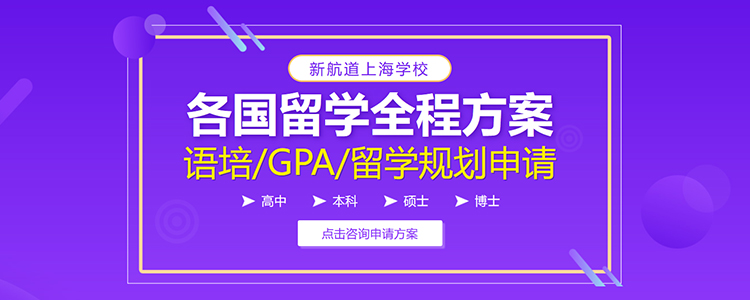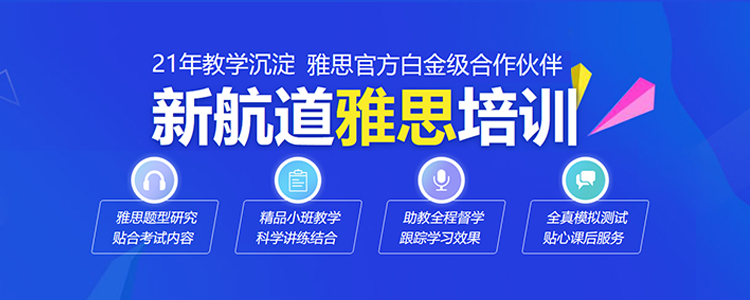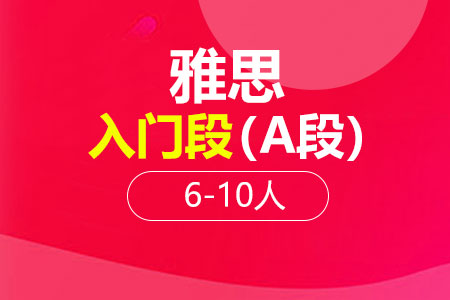关于AI与艺术区别的雅思范文写作练习
以下是一篇关于AI与艺术区别的雅思范文,适合用于雅思写作练习:
In recent years, the rapid development of Artificial Intelligence (AI) has led to its increasing application in various fields, including art creation. This has sparked a heated debate about the differences between AI-generated art and human-created art. While both can produce visually appealing results, there are several fundamental distinctions between the two.
Firstly, the creative process differs significantly. Human artists draw inspiration from their personal experiences, emotions, and unique perspectives on the world. Their art often reflects their inner thoughts and feelings, making each piece deeply personal and emotionally resonant. In contrast, AI creates art based on algorithms and vast datasets, lacking the emotional depth and personal touch that human artists bring to their work.
Secondly, the intention behind the creation varies. Human artists often create art to express themselves, communicate ideas, or evoke emotions in their audience. Their work is imbued with purpose and meaning, sometimes addressing social issues or exploring philosophical concepts. AI, on the other hand, generates art based on programmed parameters and objectives, without any inherent intention or deeper meaning beyond the task it was designed to perform.
Moreover, the element of originality and innovation distinguishes human art from AI-generated art. Human artists can break conventions, experiment with new techniques, and push the boundaries of artistic expression in unexpected ways. This ability to think outside the box and create truly novel concepts is a uniquely human trait. While AI can produce impressive variations based on existing styles and patterns, it lacks the capacity for genuine innovation that comes from human creativity and imagination.
Another crucial difference lies in the context and cultural significance of the art. Human-created art is often deeply rooted in cultural, historical, and social contexts. Artists draw from their cultural heritage, respond to contemporary issues, and contribute to ongoing artistic dialogues. This cultural embeddedness gives human art a depth and relevance that AI-generated art, which lacks this contextual understanding, cannot replicate.
Furthermore, the learning and growth process differs between human artists and AI. Human artists develop their skills over time through practice, experimentation, and learning from both successes and failures. This journey of artistic growth is an integral part of the art itself, often visible in an artist's evolving style and technique. AI, while capable of improving its outputs through machine learning, does not experience personal growth or the transformative journey that human artists undergo.
In conclusion, while AI has made remarkable strides in art creation, producing visually impressive works, it fundamentally differs from human-created art in several key aspects. The emotional depth, personal intention, originality, cultural context, and the journey of artistic growth are qualities that remain uniquely human. As AI continues to evolve, it may complement human creativity, but it is unlikely to replicate the profound, multifaceted nature of human artistic expression.
这篇文章讨论了AI与人类创作的艺术之间的主要区别,包括创作过程、创作意图、原创性、文化背景和艺术家成长等方面。文章结构清晰,论点明确,用词丰富多样,符合雅思写作的要求。您可以用这篇文章作为范例,学习如何组织论点,使用恰当的词汇和句式来表达复杂的想法。








